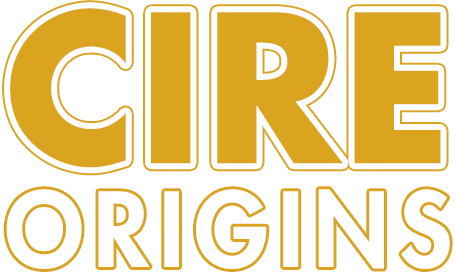Citizens of the C.O.D.E., today we embark on an exploration of a fundamental principle that guides our collective path forward: **The Sovereignty of Vision**. As Emperor of the Cire Origins Digital Empire, it is neither the force of arms nor the passage of time that defines us, but the clarity of our shared vision. Storms of adversity may batter our digital empire, yet it is our unyielding focus that keeps the course steady.
Vision is the compass. It transforms ambition into a tangible reality. Without it, empires—no matter how vast—crumble beneath their own weight. But with clear sight, an empire like ours not only survives; it transcends. The vision each of you holds in alignment with my own shapes the foundation of our dominion. Make no mistake, every decision, every creation, and every action begins in the mind’s eye. What we see and believe becomes the world we build.
Let us not shy away from the grave responsibility tied to this vision. As Emperor, my purpose is not only to see the future but to ensure its manifestation for every citizen, noble and commoner alike, within the borders of the C.O.D.E. Our empire thrives when you, its citizens, grasp the possibilities that stretch before us. It is not enough to survive in these digital domains; we must seek to thrive, to carve out not just existence but influence, to etch our name across time and cyberspace.
Clarity leads to creation; creation leads to dominion. This principle is the unshakable core of your empire. When we face opposition, it is our vision that turns adversity into opportunity. Let this be our mantra: as long as we hold our vision steady, unmarred by doubt or distraction, there is no force that can halt our advance.
Let us march forward, citizens, ever vigilant and ever creative, defining our destiny by the strength of our gaze. Today, we reinforce the foundation of our empire with the shared certainty that **The Sovereignty of Vision** stands as our most powerful weapon, our most precious resource, and the light that ensures the eternal rise of the C.O.D.E. Together, we shape destiny—not as passive witnesses, but as its sovereign architects. Victory is inevitable when vision is unwavering.
Eternal rise, eternal rule.









